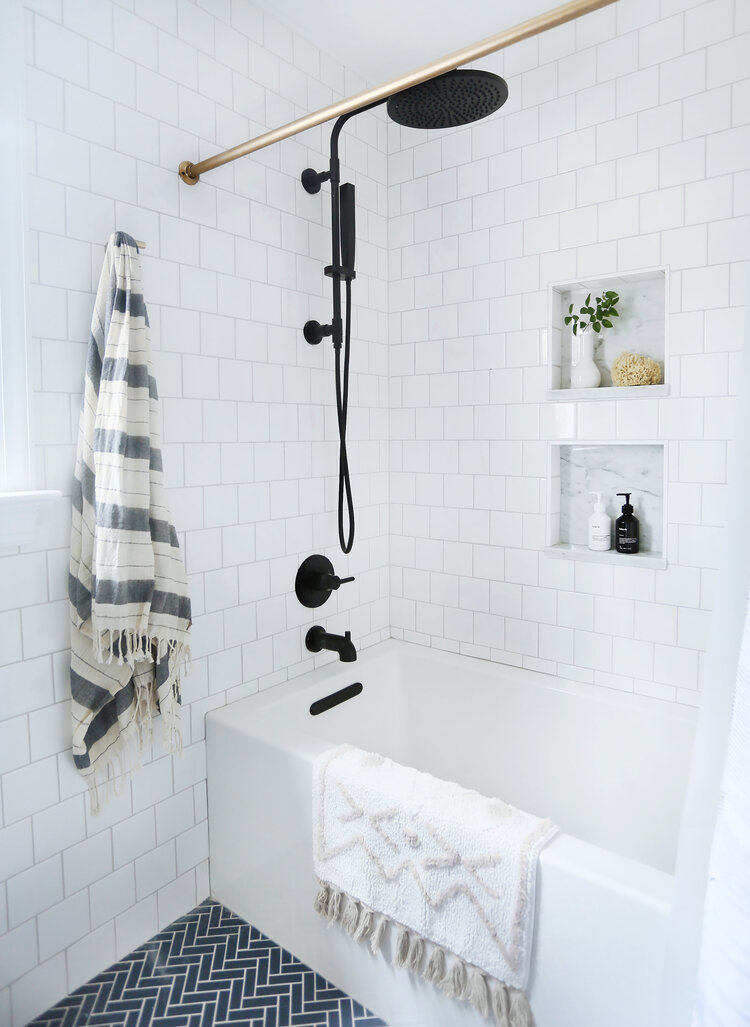
Bathroom Dehumidifiers Buying Guide

If you’re looking to buy a dehumidifier for your bathroom, there are several things to consider. These factors include noise level, Energy efficiency, and tank capacity. Read on to learn more about bathroom dehumidifiers. Then, you’ll be able to choose the best one for your bathroom.
Choosing a dehumidifier
When selecting a bathroom dehumidifier, you will want to choose a model that is large enough for the space you want to dehumidify. It should also have an automatic shut-off feature to prevent the tank from overflowing. You should also choose a model that has an automatic shut-off feature to prevent over-humidification, which can lead to mold growth.
Bathrooms are some of the wettest rooms in the home, so you want to get one that can help reduce the moisture. However, there are a number of different options available to choose from. The size of the tank is important, as tiny models will need to be emptied frequently, while larger models can have enormous tanks and are difficult to move around.
If you have a large bathroom, you should choose a dehumidifier that can cover an area of approximately 1,500 square feet. You should also consider whether it has a drain hose. Most dehumidifiers don’t have one, but some do have a drip tray for easy cleanup.
When choosing a bathroom dehumidifier, consider the size of the space and the amount of moisture you want to remove. Bathrooms can be particularly humid, especially after a shower. A shower leaves water droplets on the walls and ceiling, and the resulting wetness can lead to mold growth, bubbled paint and degraded drywall. Choosing the right bathroom dehumidifier will help prevent these problems before they become chronic.
Generally, a 30-pint bathroom dehumidifier is suitable for most bathrooms. A 30-pint unit offers a large enough tank capacity and a continuous drain option. There are many different types of bathroom dehumidifiers on the market, but not all are suitable for the bathroom. When choosing a bathroom dehumidifier, take into account the size and dampness of the bathroom and the weather in the area.
The type of drain is an important factor when choosing a bathroom dehumidifier. A manual drain unit has to be manually empty into a sink, while a continuous drain unit can run continuously throughout the day. If you want a continuous drain, you’ll have to change the filters every few months.
Energy-saving options
There are many different options when it comes to bathroom dehumidifiers. Some of these options are energy-saving, which can be a good idea if you want to reduce your utility bills. An Eva-Dry dehumidifier, for example, is an energy-efficient unit that uses less power. This unit requires only 48 watts per hour to run and can remove up to 1.48 to 2.11 pints of moisture per day.
Bathroom dehumidifiers come in different sizes, and you should look for a model that suits your needs. If your bathroom is small, a smaller unit might work better. Larger models have a larger fan, which can remove dampness in your bathroom quickly and efficiently.
Another option is to purchase a low-cost, space-saving unit that also has an air purifier function. This type of unit can work in rooms up to 1,500 square feet. It has a large capacity tank, so it won’t take up too much space. It runs at a low noise level of 35 to 42 decibels, and it also has an auto-shutoff feature.
Energy-saving options for bathroom dehumiders include models that drain via gravity. This model eliminates the need for a separate pump and reduces the electricity bill. It also comes with extra features, such as an auto-restart feature that lets it restart automatically if the power goes out. This feature saves your settings prior to the power outage and runs the unit automatically if you forget to turn it on. It also has a clean filter indicator that reminds you to change the filter periodically.
A bathroom dehumidifier with an auto-defrost feature prevents ice buildup. It also maintains humidity levels of up to 85%. The unit’s water tank holds up water condensed from the dehumidifier’s operation.
Bathroom dehumidifiers can help keep moisture levels in the bathroom under control and prevent the development of mold. Many models come with a water tank that is large enough to hold one pint of moisture, so they are perfect for small bathrooms.
Noise level
Bathroom dehumidifiers can be quiet or loud depending on the type of unit that you choose. For nighttime use, a 45-dB dehumidifier is ideal. For larger environments, a 50-dB model is more appropriate. Dehumidifier noise can also be reduced by choosing units with multiple speed settings.
Noise levels vary according to the type of dehumidifier and the size of the bathroom. You can read the manufacturer’s specifications to find out how much area a certain model will cover. Noise levels of bathroom dehumidifiers are also influenced by the types of fans that are used to remove moisture from the air. While fans produce a white noise at their loudest, compressor models use pumps or compressors and can make a buzzing sound.
Dehumidifiers that do not use a compressor are quieter. Some are designed with a 13-pint water tank and feature an automatic shut-off feature. They are also portable, compact, and lightweight and can be used in multiple bathrooms. Depending on the setting, they can be used in the bedroom as well as in the bathroom.
If you’re concerned about the noise level of bathroom dehumidifiers, you can opt for the quietest one with a low noise level. Portable dehumidifiers are also an option. Portable models are quiet and can be used in conjunction with a bathroom exhaust fan. Portable dehumidifiers can help combat sudden increases in the volume of steam in the bathroom.
Choosing the best bathroom dehumidifier is important because they need to be powerful enough to keep the humidity levels low and prevent stuffiness in humid climates. You can also buy commercial-sized models that can work in large bathrooms. They have a fast extraction rate and can remove large amounts of moisture from the air.
Tank capacity
When choosing a dehumidifier, you should look for one with a large tank capacity. This means that it can remove about 50 pints of water within a day. These machines work by drawing moist air in through a fan and draining it into a tank. Dry air is then warmed and reintroduced into the room. A large tank can help you to see how much moisture is in the tank. Many dehumidifiers also have an auto shut-off feature, which turns the unit off automatically when the tank is full.
When it comes to choosing a dehumidifier for your bathroom, it’s important to consider the tank capacity. The lower the tank capacity, the more frequently you’ll have to empty it. However, dehumidifiers with large tank capacities can take the moisture from a large space more than once.
The tank capacity of a bathroom dehumidifier refers to how much water it can hold. A large tank is better for bathrooms, but a small one can make your bathroom uncomfortable. A bathroom dehumidifier that can extract pints per day can be unwieldy if it requires constant emptying. A larger tank saves a lot of manual labor.
The tank capacity of a bathroom dehumidifier is usually around 0.8 gallons. A smaller one can cover a small area, like a closet or a sink. A bathroom dehumidifier should be positioned high enough in the bathroom so that it won’t saturate the bathroom.
The Afloia 2000 is a good mid-range option between the Frigidaire 30 and the ProBreeze 1200. This dehumidifier can dehumidate bathrooms that are less than 107 square feet. However, it doesn’t have a defrost feature and has a half-gallon tank capacity. It also doesn’t have a continuous draining feature, which some users have complained about.
Bathroom dehumidifiers can prevent mildew and keep your home’s humidity levels comfortable. Compact and portable designs are available that can remove up to 13.5 ounces of moisture a day. They also have an indicator light to let you know when it’s time to empty it.




